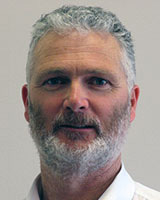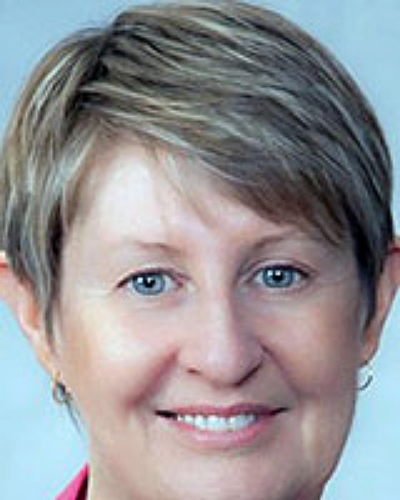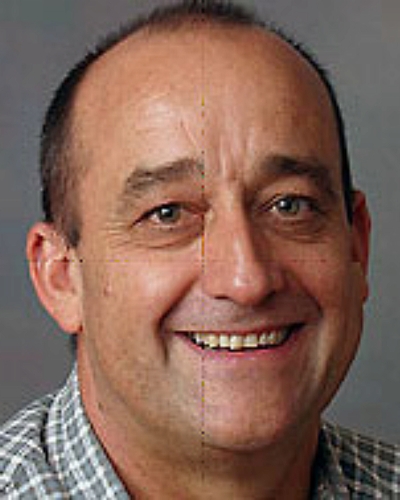Now published, see the full article 
Early Abstract:
Introduction: Inequitable distribution of health workforce limits access to health care services and contributes to adverse health outcomes. The WHO recommends tracking health professionals from their points of entry into university and over their careers for the purpose of workforce development and planning. Previous research has focused upon medical students and graduates’ choice of practice location. Few studies have targeted nursing and allied health graduate practice intentions and destinations.
The Nursing and Allied Health Graduate Outcomes Tracking (NAHGOT) study is investigating factors affecting Australian nursing and allied health students and graduates’ choice of graduate practice location over the course of their studies and up to 10 years after graduation, by linking multiple data sources, including:
• Routinely collected university administrative and professional placement data;
• Surveys of students and graduates; and
• Professional registration data.
Methods: Using a prospective cohort study design, each year a new cohort of about 2,000 students at each participating university (Deakin University, Monash University, and The University of Newcastle) are tracked throughout their courses and for 10 years after graduation. Disciplines include Medical Radiation Practice, Nursing and Midwifery, Occupational Therapy, Optometry, Paramedicine, Pharmacy, Physiotherapy, Podiatry, and Psychology. University enrolment data is collected at admission and professional placement data annually. Students’ practice destination intentions are collected via questions added into the national Student Experience Survey (SES). Data pertaining to graduates’ practice destination, intentions and factors influencing choice of practice location are collected in the first and third year after graduation via questions added to the Australian Graduate Outcome Survey (GOS). Additionally, participants may volunteer to receive a NAHGOT survey in the second and fourth-to-tenth year after graduation. Principal place of practice data is accessed via the Australian Health Practitioner Regulation Agency (Ahpra) annually. Linked data is aggregated and analysed to test hypotheses comparing associations between multiple variables and graduate practice location.
Discussion: This study seeks to add to the limited empirical evidence about factors that lead to rural practice in the nursing and allied health professions. This prospective large scale, comprehensive study tracks participants from eight different health professions across three universities through their pre-registration education and into their post-graduate careers, an approach not previously reported in Australia. To achieve this, the NAHGOT study links data drawn from university enrolment and professional placement data, the SES, the GOS, online NAHGOT graduate surveys, and the Ahpra data. The prospective cohort study design enables the use of both comparative analysis and hypothesis testing. The flexible and inclusive study design is intended to enable other universities, as well as those allied health professions not regulated by Ahpra to join the study over time.
Conclusion: The study demonstrates how the systematic, institutional tracking and research approach advocated by the WHO can be applied to the nursing and allied health workforce in Australia. It is anticipated that this large-scale, longitudinal, multifactorial, multi-centre study will help inform future nursing and allied health university admission, graduate pathways and health workforce planning. Furthermore, the project could be expanded to explore health workforce attrition and thereby influence health workforce planning overall.












